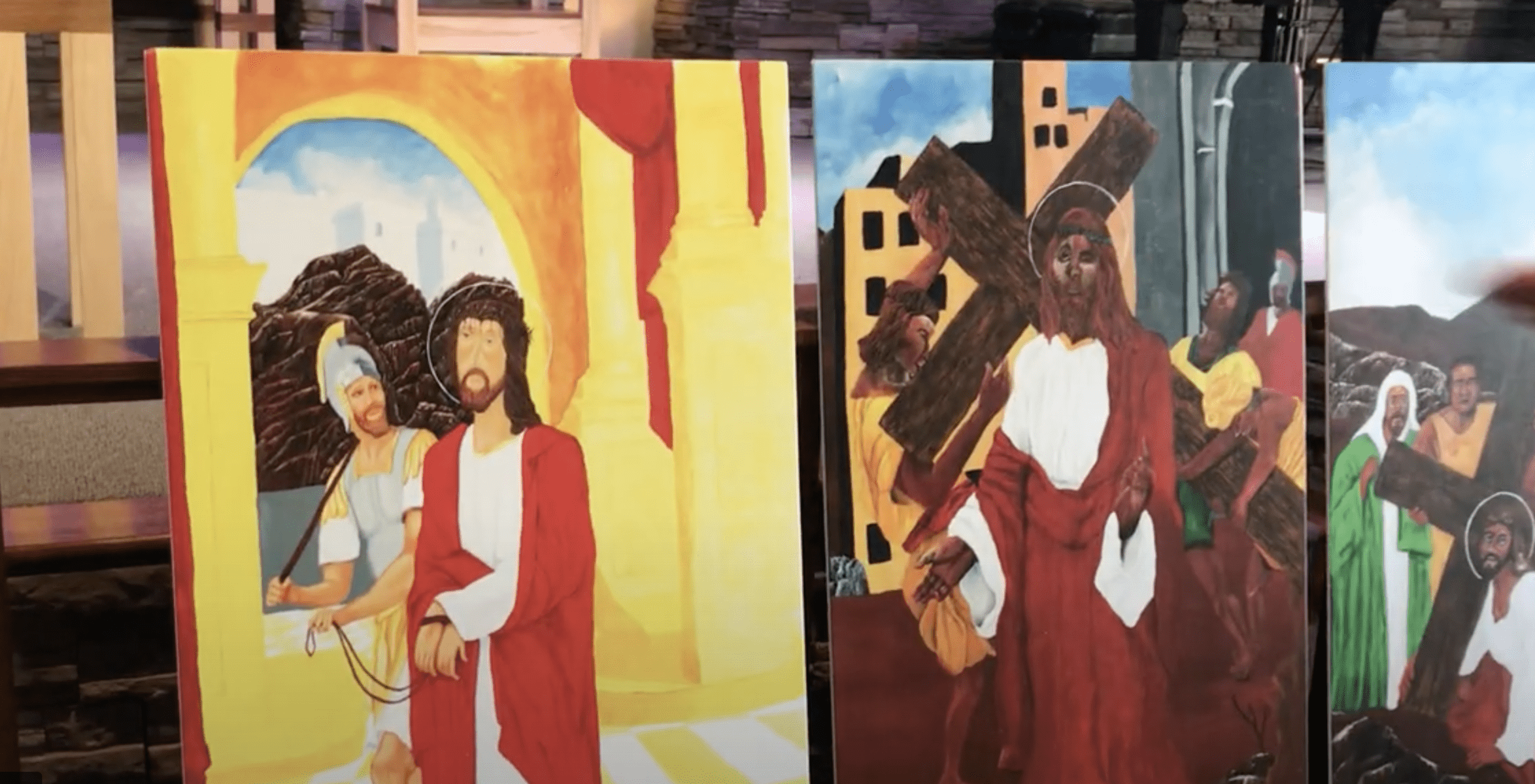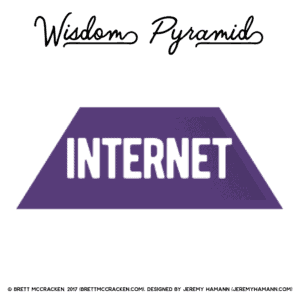Editor’s note: This post was originally shared by our friends at Red Letter Christians. We pray this project by several men on Tennessee’s death row will encourage you as you reflect deeply on the sacrifice of Jesus and what this means for all of us—including those who are, as Shane says below, “condemned to die.”
I am beyond excited to share this with you.
Several years ago, some of the men on Tennessee’s death row embarked on an ambitious collaborative project. They decided to create original paintings of the “Stations of the Cross.”
 The Stations of the Cross are a series of images portraying the crucifixion of Jesus Christ and the events leading up to his execution. For hundreds of years, Christians have reflected on images like these, especially during Lent and Easter. These particular images are compelling because they were painted by men who have also been condemned to die.
The Stations of the Cross are a series of images portraying the crucifixion of Jesus Christ and the events leading up to his execution. For hundreds of years, Christians have reflected on images like these, especially during Lent and Easter. These particular images are compelling because they were painted by men who have also been condemned to die.
As we release these publicly, we hope that you will use them and share them. You are free to post and print them, but the artists have asked that they not be sold or reproduced commercially. (Watch a short video tour of the paintings here.)
 May these paintings open our hearts up to the profound depth of God’s love, and may they stir in us a passion for extending that love and grace to others. It is our hope that contemplating the execution of Jesus does something to us, in us. We pray that as we reflect on the love of God, it transforms us into people who are merciful and who are committed to ending the death penalty.
May these paintings open our hearts up to the profound depth of God’s love, and may they stir in us a passion for extending that love and grace to others. It is our hope that contemplating the execution of Jesus does something to us, in us. We pray that as we reflect on the love of God, it transforms us into people who are merciful and who are committed to ending the death penalty.
Here is a quote from one of the men who helped create these images:
This piece of art is a commentary on the continuing battle for our collective moral worldview. It is a collaborative effort with several of my fellow artists, all of whom reside on Tennessee’s death row. Not all are Christians or even religious. Several chose to be anonymous. I asked my fellow community members to help create this project to begin a conversation about what Justice looks like.
When Jesus was executed, Justice looked different than it does today. However, Justice today has some of the same components as it did back then. The guilty, as are the innocent, are subjected to this state-sanctioned process. As we understand it, state-sanctioned means that “We the People”—collectively speaking—uphold this system of Justice. So, based upon our support, this system of Justice reflects our community’s sense of morals and values.
One of the biggest issues my sense of the “Christian” world has is dealing with the fact Jesus was not a caucasian. This is also true here on death row, a microcosm of the larger “free-world” community. So we decided not to limit one another’s understanding of Jesus’ death or appearance.
During the two-plus months it took to complete this project, we accepted criticism and positive critique from other non-participating community members. Some were fellow prisoners. Some were religious and secular volunteers. Some were correctional officers. It turned into a true community project.
I do not know how many opinions we changed inside during this project, but the dialogue was open and honest, beyond what even I imagined. Safe, open dialogue is a prerequisite for the community model created on this death row. We invite dialogue from anyone on how to change the paradigms of our collective lives with those that promote healing and reconciliation within our diverse communities.
In the Spirit of Love, Mercy, and Forgiveness,
Derrick Quintero


